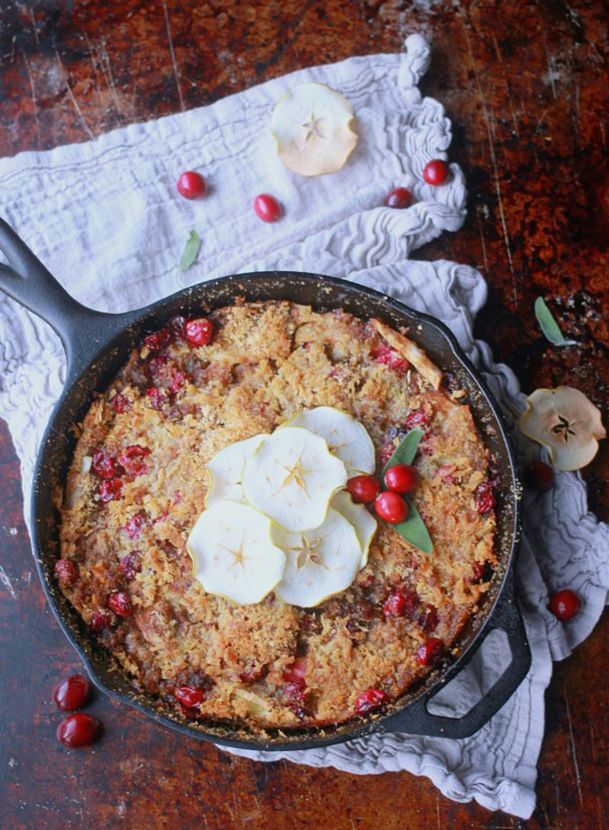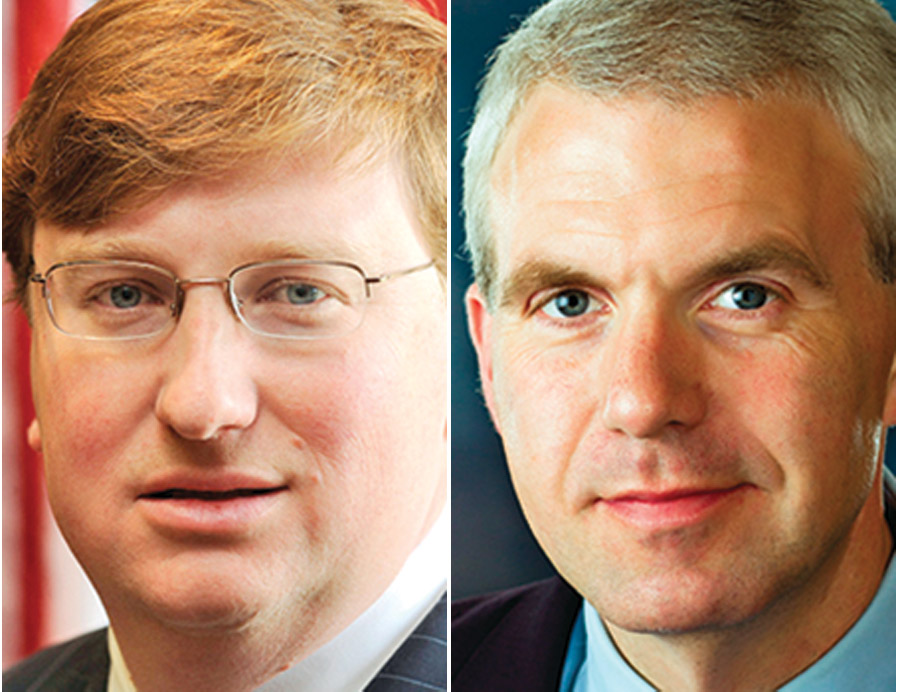We all have favorite foods. That doesn’t change just because one becomes president of the United States. Leaders of the free world have been known to crave mac and cheese (Thomas Jefferson) and gooey grilled cheese sandwiches (Franklin D. Roosevelt) just like the rest of us. As I write, it is Presidents’ Day and a suitable week to ponder a few presidential food facts.
It’s fitting to begin with George Washington, president from 1789 to 1797. The federal holiday observed the third Monday of February began as a commemoration of his birthday, after all. Over time, it has become known as Presidents’ Day and viewed as an opportunity to honor all who have served as president.
“What our presidents eat is a function of family heritage, personal preference, physical condition and social obligation,” reads foodtimeline.org, which contains gastronomic profiles of our commanders in chief compiled with the help of letters, journals, cookbooks, chefs’ notes and household ledgers. What follows are a few tidbits.
Washington himself once said, “My manner of living is plain, and I do not mean to be put out by it. A glass of wine and a bit of mutton are always welcome. Those who expect more will be disappointed.”
The first president did, however, have a marked fondness for fish, fruits and nuts. He would buy hazelnuts and shellbacks (hickory) by the barrel, according to “The Presidents’ Cookbook” by Poppy Cannon and Patricia Brooks.
If Washington himself seemed rather disinterested in the refinements of the table, he was apparently eager to offer as many as possible to others. One dinner guest recorded “an elegant variety of roast beef, veal, turkey, ducks, fowls, hams … puddings, jellies, oranges, apples, nuts, almonds, figs, raisins and a variety of wines and punch.”
Thomas Jefferson (served 1801-1809) was a culinary adventurer. In Europe, and particularly Paris, for four years, he explored French cuisine, making detailed notes on foods he liked so he could recreate them back home, according to “The Presidents’ Cookbook.” Many of his favorites are now part of our national diet — waffles, chocolates and ice cream among them.
Jefferson was particularly fond of fresh vegetables and kept careful charts of what would be in season and available at local markets.
Millard Fillmore (1850-1853) is credited with modernizing the White House, installing the first iron cookstove. Prior to that, cooking was still colonial-style, on open hearths. (These progressive changes were not immediately embraced by staff).
James Buchanan (1857-1861) was the only unmarried president and with his election the capital began “the gayest social season in its history.” The bachelor had a flair for society and fondness for fine food. He was so particular, he had fresh butter brought in regularly from Philadelphia in locked brass-bound kettles. (“The First Ladies Cook Book,” Margaret Brown Klapthor).
The biggest social event of his four years in office was surely a visit of England’s Prince of Wales, which merited the serving of “eight rounds of beef, 75 hams, 60 saddles of mutton, four saddles of venison, 400 gallons of oysters, five quarts of jellies, 1,200 quarts of ice cream.” (“The Presidents’ Cookbook”).
An embarrassing display
Of Abraham Lincoln (1861-1865), accounts vary as to his likes and dislikes. Some say he was almost indifferent to food, yet menus from his state balls and banquets were some of the most elaborate. One interesting event well-documented, however, is Lincoln’s second inauguration supper — a disaster of a meal, according to The New York Times.
Some excerpts: “The American people, in general, we are ashamed to say, have not yet learned how to behave at table; and that species of etiquette, not too prevalent in private, is certainly always absent at public suppers.” The writer records in detail the fare and table decorations He also describes the moment the doors opened.
” … With the indecency of conduct and want of politeness and etiquette which characterizes man American at table … many gentlemen and ladies seized upon the most ornamental and least nutritious part of the table decorations, demolished them, carried the pieces off in a handkerchief or crushed them underfoot. … In less than an hour, the tables were a wreck … and the array of empty dishes and the debris of the feast were positively frightful to behold.” (“The Inauguration Ball,” The New York Times, March 8, 1865).
The Washington Post reported, “The president’s own disgust at what he saw during the opening moments of the banquet was so marked, so pronounced, that he could express it in no other way than by taking an abrupt departure. This he did.”
Bread balls and hot dogs
Ulysses S. Grant (1869-1877), sometimes liked to “frolic” with his children at the family dinner table. It was his habit to roll bread into tiny balls and “shoot” them at the youngsters.
Teddy Roosevelt (1901-1909) liked his coffee. His son, Ted Jr., recalled that his father’s coffee cup was “more in the nature of a bathtub.”
In Franklin D. Roosevelt’s White House (1933-1945), informal Sunday night suppers were a tradition. Eleanor Roosevelt’s scrambled eggs were “a must.” She cooked them herself in a silver chafing dish, with real cream instead of milk. (It was Eleanor who redesigned the kitchens, equipping them with electric stoves and dishwashers.)
The Roosevelts also famously served hot dogs to the King and Queen of England at the Summer White House in 1939, along with macaroni, mixed veggies and tomato salad, on paper plates.
Dwight Eisenhower (1953-1961) and his wife, Mamie, frequently took their dinner on trays while watching television.
The presidential food timeline goes on: LBJ made barbecue and chili White House staples. Jimmy and Rosalyn Carter gave the kitchen staff Sunday nights off and prepared their own supper. Ronald Reagan reportedly placed a standard order for 306,070 jelly beans per month, distributed throughout the White House and other federal buildings. George H.W. Bush liked to snack on pork rinds with Tabasco sauce. Many more presidential preferences can be found at foodtimeline.org/presidents.html.
Nineteenth-century gastronomer Jean-Anthelme Brillat-Savarin once observed, “Tell me what you eat, and I will tell you who you are.”
It seems, at least when it comes to food, presidents are regular folks too.
APPLE-CRANBERRY BROWN BETTY
Makes 10 servings
Butter and sugar for preparing the souffle dish
10 Granny Smith apples
1 teaspoon lemon juice
6 tablespoons butter, plus additional 1/2 cup melted
3 tablespoons sugar
2 cups fresh cranberries, washed and dried
Zest of 2 oranges
1 cup light brown sugar
1/4 teaspoon mace
1 teaspoon ground cinnamon
2 cups stale white-bread crumbs, crusts removed
1 cup ground almonds
(Source: “George to George” inaugural dinner of George H.W. Bush in 1989)
Jan Swoope is the Lifestyles Editor for The Commercial Dispatch.
You can help your community
Quality, in-depth journalism is essential to a healthy community. The Dispatch brings you the most complete reporting and insightful commentary in the Golden Triangle, but we need your help to continue our efforts. In the past week, our reporters have posted 44 articles to cdispatch.com. Please consider subscribing to our website for only $2.30 per week to help support local journalism and our community.




